These artists and works inspired me and I hope they inspire you also. A list like this could go on forever, so I have limited it to those artists who MOST inspired me!
Mosaics
Mosaics are one of the most ancient art forms, quite literally, as they adorned Roman and Greek palaces. Some of the mosaics are great works of art, such as the one here, which is from the 4th century BC and depicts a stag hunt. Additionally what fascinates me is that mosaics made out of stone do not fade and weather like paintings and so look the same now as they did thousands of years ago.
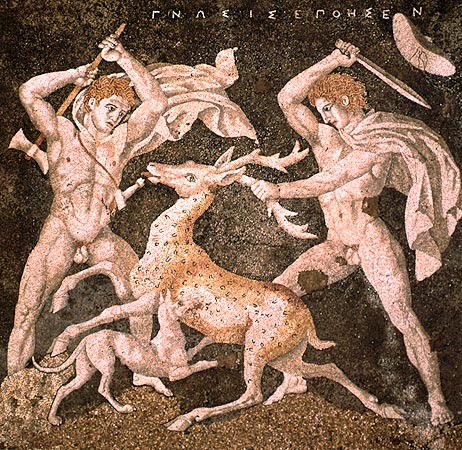
Greek deer hunting mosaic
Medieval Art
I love the simplicity and directness of medieval art. OK so they had not figured out perspective, nor the full nuance of painting which came from the later renaissance masters, but they made up for it with almost modern composition and directness, and they were not afraid of bold colours. The work of this period, in Europe, was often Christian in nature and this work shows Mary Magdalen announcing the Resurrection to the Apostles. This picture is St Albans Psalter, English, 1120-1145.
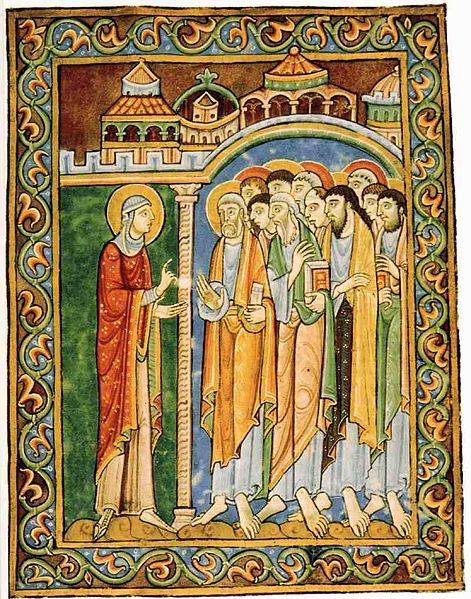
Mary Magdalen announcing the Resurrection to the Apostles, St Albans Psalter, English, 1120-1145
Jan van Eyck
The Flemish master Jan van Eyck (approximately 1380 to 1441) is a huge figure in the development of painting. He pioneered techniques in oil painting and raised technical prowess to a whole new level. With this went a certain compositional sense, and a taste for matching colours, which make a genuine master painter.
Everything in Van Eyck's pictures was there for a reason and the Arnolfini Wedding is no exception. It depicts a young wealthy merchant couple who were married. Their expensive dress shows off their status and high rank, as does the fact that they could afford to commission an oil painting.
Intriguingly in the centre of the picture is a mirror in which Van Eyck himself can be seen as he paints the picture.
As the old cliché goes, a picture speaks a thousand words. Is the lady pregnant? What does the dog symbolise? Has the lady taken off her shoes - which seem to be discarded to the bottom left of the picture and why? What is the reason for the thermometer to the left of the mirror? The red draped bed to the right would seem to signify that the couple are betrothed and therefore eligible, under the strict rules to which they would have lived, to share a bed.
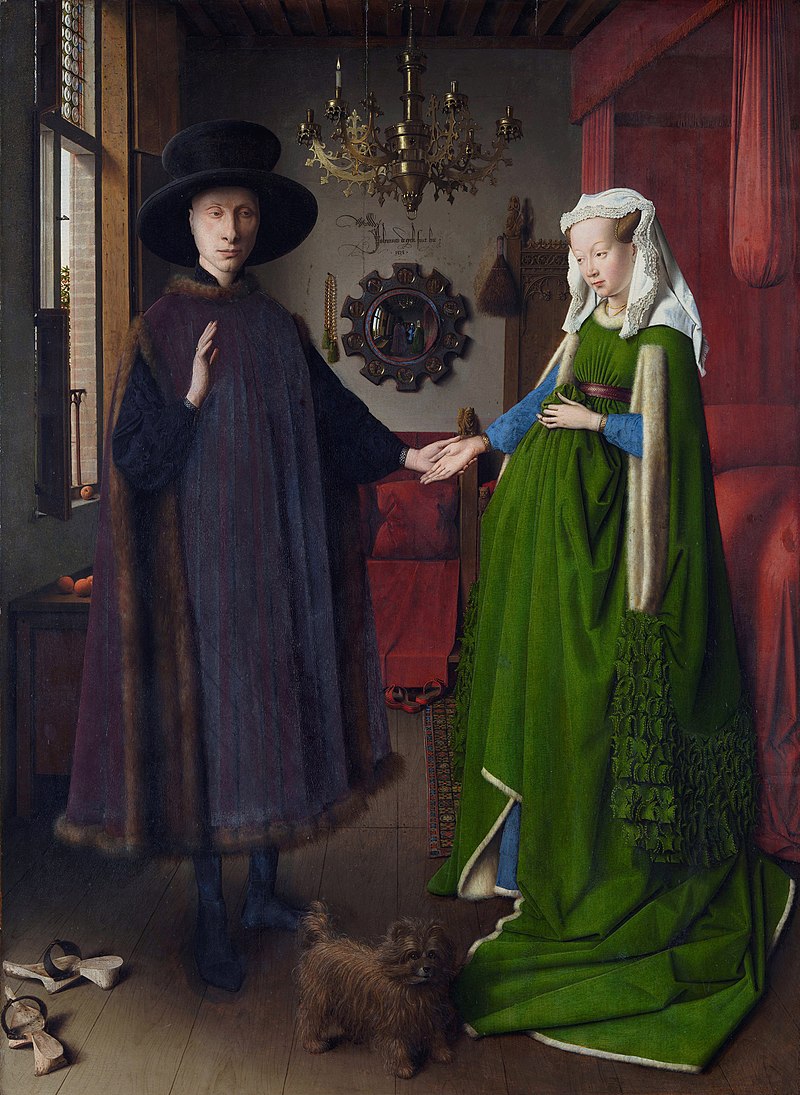
The Arnolfini Portrait, 1434
Johannes Vermeer
Johannes Vermeer (1632 to 1675) further pioneered oil painting techniques, composition and subject matter.
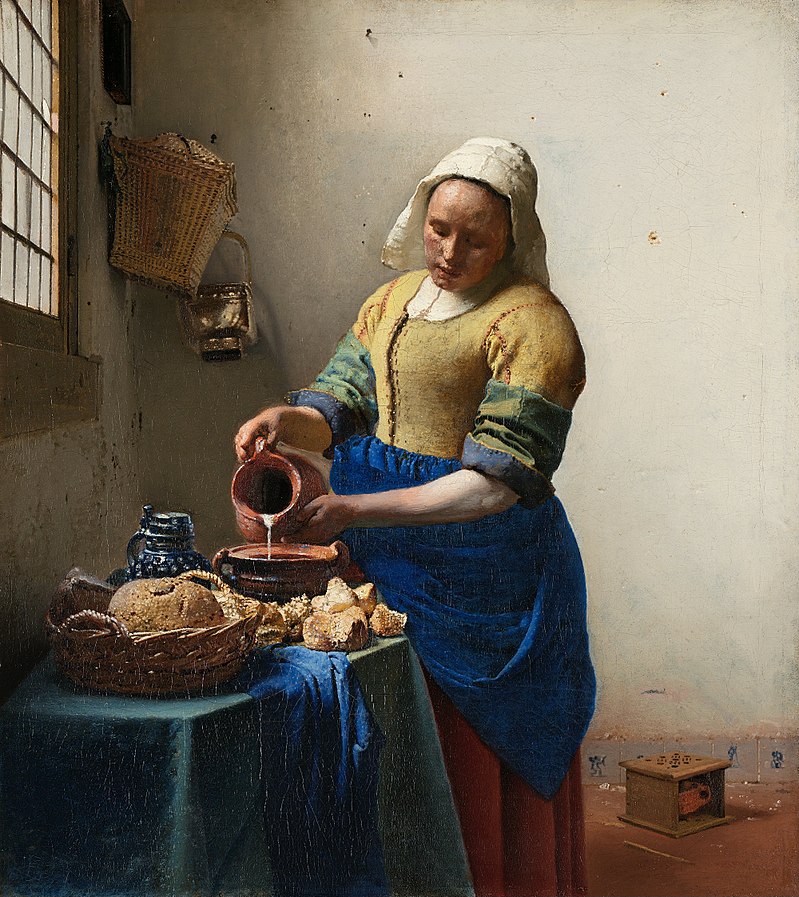
Vermeer's milkmaid
Vermeer's picture of the milkmaid is considered by some art historians to be one of the greatest pictures ever painted. Maybe even the greatest picture ever painted - though that is in my view an impossible thing to seriously claim.
Vermeer was unusual for his time in painting pictures of simple folk such as the maid depicted here. In Vermeer's time artists were considered to be somewhat elevated craftsmen, so the artist may have felt an affinity with the common folk.
Much has been written by very clever people about The Milkmaid. Her clothes are colourful with the three primary colours being represented - this makes for a striking picture. The light of the room coming through the window is beautifully painted and the effects of shadow are wonderfully nuanced. every detail of the picture is delightful - from the painting of the brass artefact and basket hung on the wall to the folds in the blue cloth which hangs over the edge of the table.
The Milkmaid is a revered masterpiece and rightly so.
Vincent Van Gogh
Vincent Van Gogh was the seminal tragic painter of the 19th century. He had a dynamic painting style and a great sense of colour. I love the way his brush strokes form an important part of his paintings, a feature of his works which pointed toward modern art. Some art historians consider him to be one of the first modern artists.
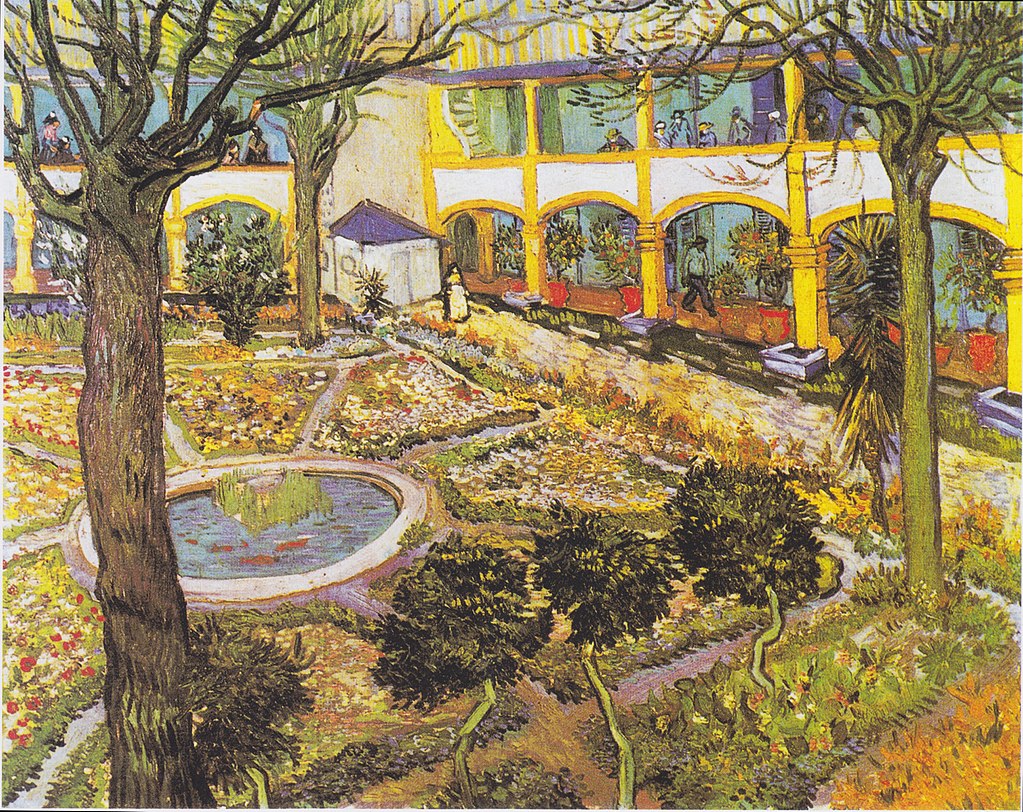
Van Gogh hospital painting
Van Gogh was not an impressionist although when he lived in Paris he was friendly with some of the members of that famous group. However his art did not originate from impressionist ideas and he is usually classified as a 'post-impressionist', a term which may as well mean 'not an impressionist at all'. Van Gogh liked to paint quickly and outdoors which is one thing he did have in common with the Impressionists, but unlike them he did not try to exactly copy nature and indeed once stated that it was more important that his colours looked beautiful than corresponded with nature. The Impressionists tried to capture the fleeting beauty of nature, Van Gogh tried to start with nature and paint something which was derived from it but did was somehow richer. In other words he deliberately painted a human abstraction of nature.
Van Gogh's grasp of perspective marks him out as an excellent draughtsman. His paintings look simple but as David Hockney has pointed out his instantly recognisable style is very difficult to copy.
Paul Gauguin
Paul Gauguin searched for a better world for much of his life, and then tried to portray it beautifully in art. He arguably failed in the former but definitely succeeded in the latter.
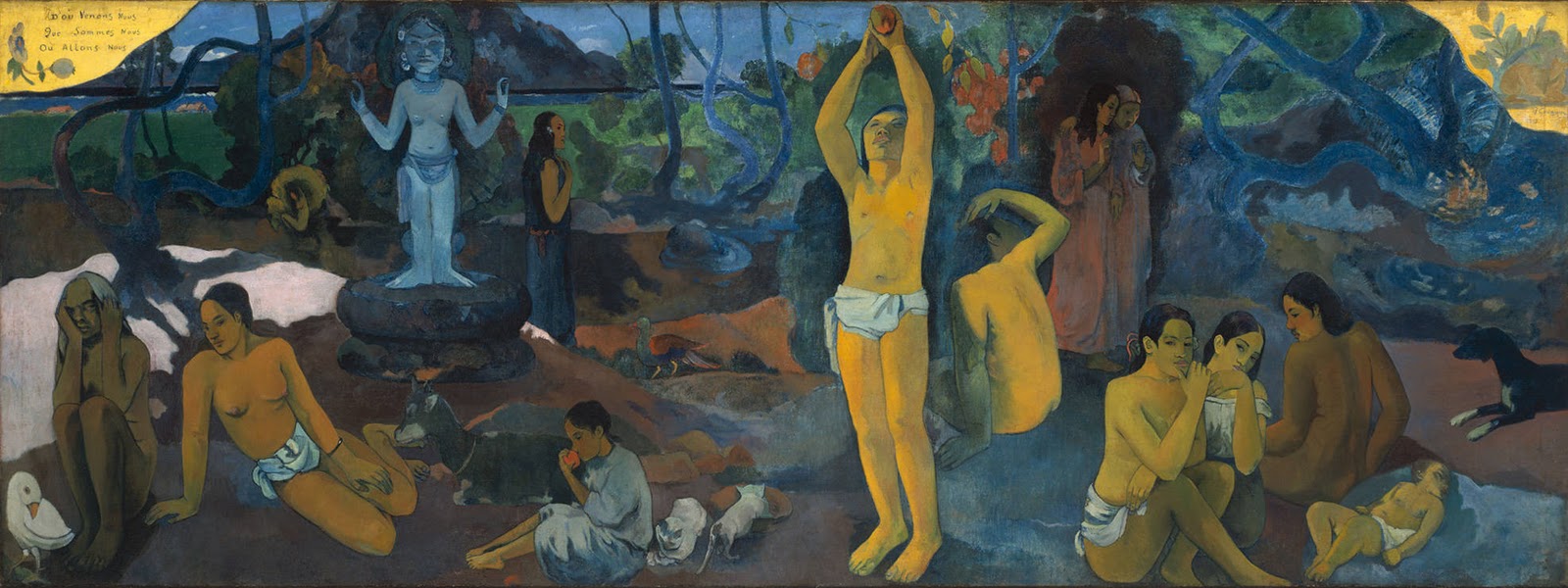
Gauguin's mystical masterpiece
Gauguin's work has a haunting surreal dreamlike quality which entices the imagination. He was a deeply spiritual man and sometimes painted moments of spirituality such as the blessing of oxen or pre-marriage.
Gauguin's later works were painted in Tahiti, which he thought was a paradise despite its gathering corruption by French colonialism with its attendant materialism and commoditisation. He managed to capture the fast dying pre-Christian innocence of the local people with their lives and priorities still relatively unaffected by the worse excesses of this late 19th century imperialism. There is admittedly a little utopianism in these paintings - was life ever such a simple and innocent pleasure, even in pre-colonial Tahiti?
Like Van Gogh, with whom he worked for a while in Arles, France, Gauguin was expressive in his use of colour and used simplified and flat colours to express the mood of the painting as in this example here where the yellow colours of the skin contrast with the blue shades of the background. There are many spiritual references here: the hint of the biblical Garden of Eden, the statue of Buddha and the innocence of the naked figures sat together in a way which would have scandalised Europeans.
Gauguin then and now invites us to take a step back and think about why we are alive at all. And are we doing our precious lives credit?
Vassily Kandinsky
Vassily Kandinsky (1866 to 1944), is an intellectual father figure for modern abstract art. He taught art in Moscow after the October Revolution, but soon found his ideas out of line with the Communists. So he moved to Germany, and taught art theory at the legendary Bauhaus art school in Weimar. Alas the Nazis did not like his ideas either and some of his works were confiscated and exhibited in the infamous Nazi 'Degenerate Art' exhibition before being burned. Again he moved, this time to Paris, where he settled for the rest of his life.

Kandinsky abstract masterpiece
By the time Kandinsky created his painting we were definitely well into the era of modern art where drastic abstraction from reality had become the central feature of the painting. Kandinsky took this further than anyone else earlier in time and was an early intellectual artist, whose work was largely driven by intellectual ideas.
Kandinsky noted that music was an abstract language in sound, very different from the sounds of the real world, but which still evoked real world emotions. He thought that painting could become an abstract visual language similarly different from but evocative of the visual dimensions of the real world. Thus from his pioneering work and ideas did flow a lot of modern abstract art.
Kandinsky's pictures can be a delight in themselves, regardless of the ideas on which particular pictures are based or what they are abstractions of.
Marc Chagall
Marc Chagall painted beautiful and spiritual paintings drawn from his interest in the peasant and Jewish mysticism he had grown up with in his native Russia. He was a commissar for a few years after the 1917 revolution but soon had to flee the increasingly repressive Soviet regime. He settled in Paris but had to flee again, this time to the USA, after the Nazis invaded France in 1940 and began to round up Jews.

Chagall spiritual artist
Salvador Dali
Salvador Dali was the best known Surrealist painter and hugely technically gifted as an artist. His paintings explored many of the European ideas of his time, especially Freudian ideas about the mind.
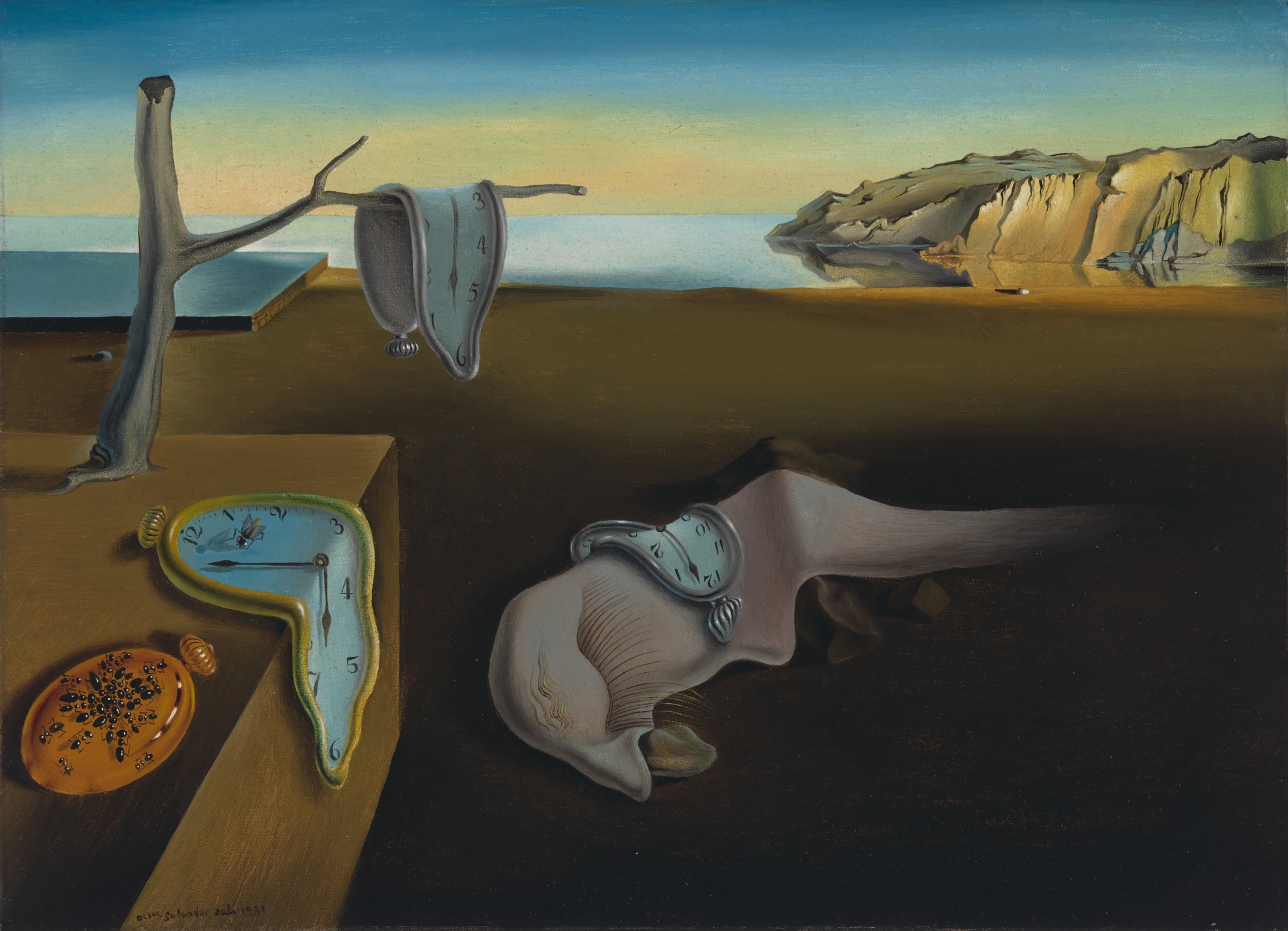
Salvador Dali's surrealist masterpiece
Edward Hopper
Edward Hopper lived quietly in America and painted many evocative pictures of an era ignored by many of his contemporaries.
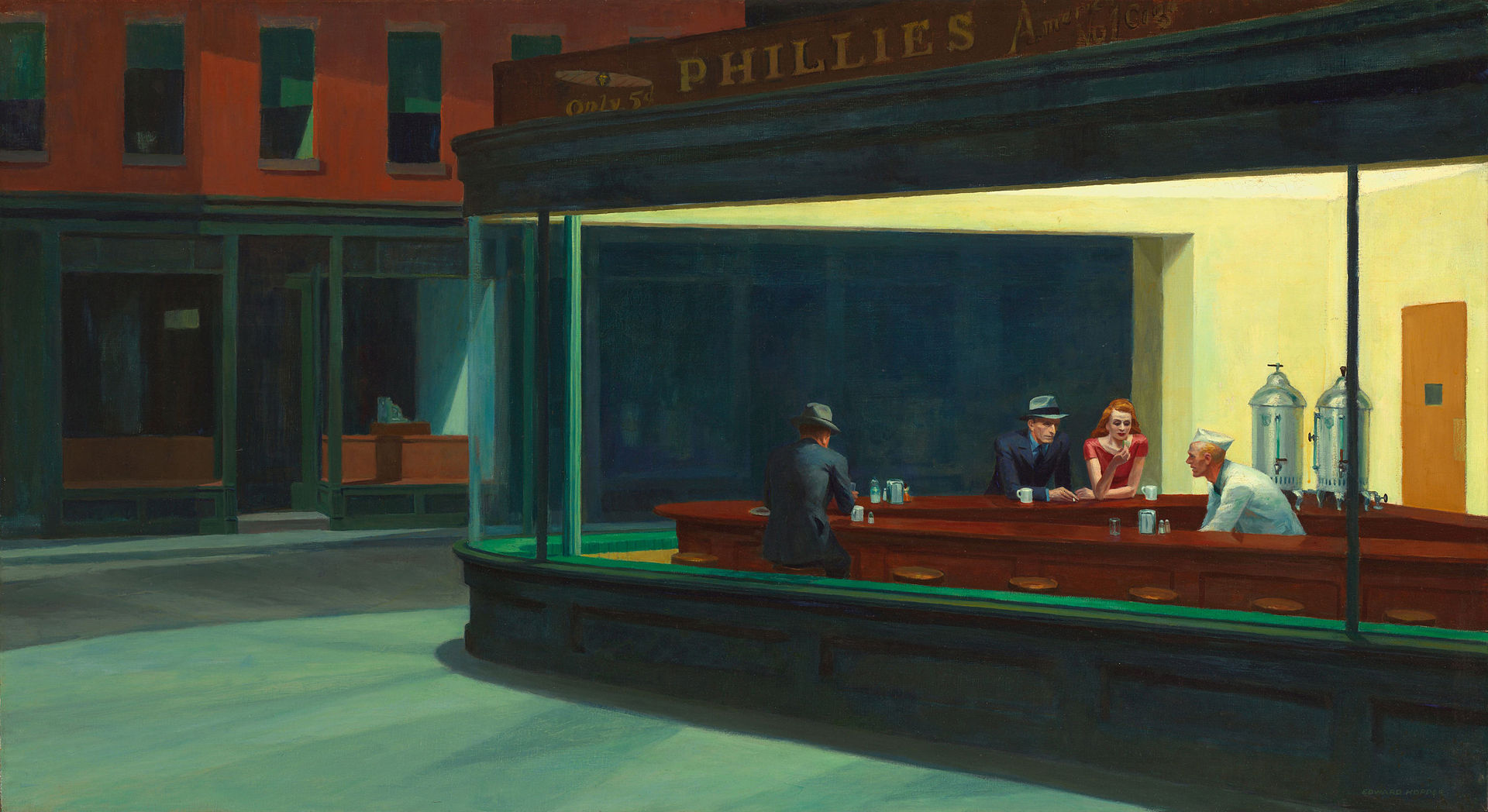
Edward Hopper American painter
Andy Warhol
Andy Warhol injected major impetus into American Pop Art and made the commercial screen printing process acceptable as fine art. In some ways he himself was almost a work of art.
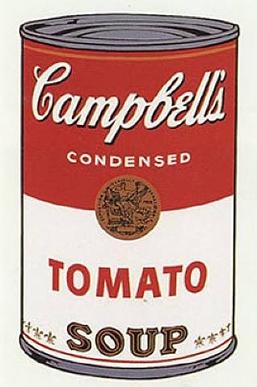
Andy Warhol Pop Artist
Roy Lichtenstein
A pop artist like Warhol, Roy Lichtenstein also used commercial printing techniques to make paintings that were inspired by comics.
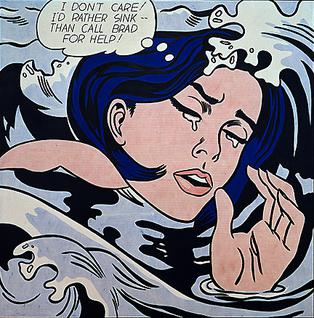
Roy Lichtenstein Pop Artist
Jean-Michelle Basquiat
Jean Michel Basquiat was a major New York painter of the 1980s. His tragic and early death put a stop to a great talent.
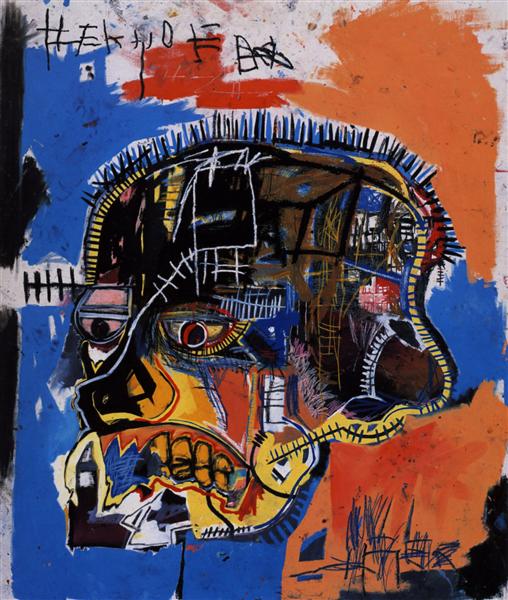
Jean Michel Basquiat rebel painter







